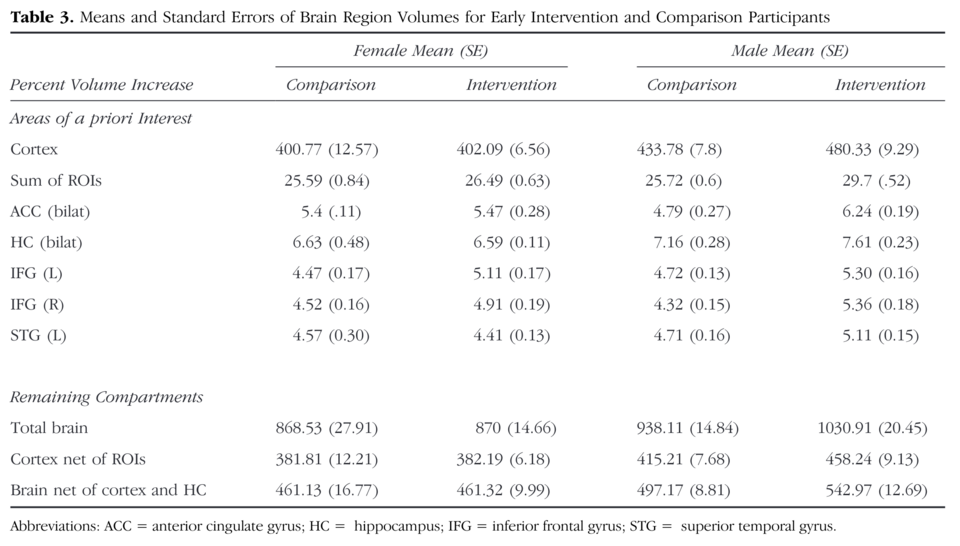Study Reveals Brain Structure Changes in Children with Eating Disorders

Recent research published in *Nature Mental Health* has unveiled significant structural variations in the brains of children diagnosed with restrictive eating disorders (rEO-ED). This international study, led by a team of researchers from various institutions, examined magnetic resonance imaging (MRI) scans of 174 children under the age of 13 who had been diagnosed with early-onset restrictive eating disorders, including anorexia nervosa and avoidant/restrictive food intake disorders (ARFID). These scans were compared with those of 116 healthy children of similar ages to identify potential neuroanatomical differences.
According to Dr. Emily Thompson, a neuropsychologist at the University of California, San Francisco, and co-author of the study, "The findings highlight the need to understand the neurodevelopmental impacts of eating disorders at an early age, as these conditions can have long-term consequences on brain health and overall well-being." The study's results indicate that children with early-onset anorexia nervosa exhibited a thinner cortex and increased cerebrospinal fluid, while underweight patients with ARFID showed reduced surface area and overall brain volume.
Despite these clear structural differences, as noted by Dr. Amit Gupta, a professor of psychiatry at Yale University, "It remains challenging to determine whether these brain changes are a direct consequence of the eating disorders or pre-existing factors that predispose children to these conditions."
The researchers also explored the relationship between early-onset restrictive eating disorders and other neurodevelopmental conditions, such as obsessive-compulsive disorder (OCD) and autism. Their analysis revealed notable similarities in cortical thickness signatures between early-onset anorexia nervosa and OCD, as well as between ARFID and autism. However, contrary to previous studies, they found little overlap between anorexia nervosa and autism, or between ARFID and attention deficit hyperactivity disorder (ADHD).
This multiscale overlap suggests shared underlying mechanisms among various psychiatric disorders that are independent of body mass index (BMI). Dr. Sarah Johnson, a developmental psychologist at Harvard University and researcher on the study, stated, "These findings reinforce the importance of distinguishing between early-onset anorexia nervosa and ARFID as separate clinical entities, while acknowledging their complexities and interrelations with other mental health conditions."
The implications of this research are significant, as they inform treatment strategies for children suffering from these disorders. Currently, therapeutic approaches range from dietary interventions to psychological treatments, including cognitive behavioral therapy (CBT). According to the World Health Organization (WHO), eating disorders have been on the rise, necessitating effective treatment options that consider both psychological and biological factors.
Looking ahead, the research team plans to expand their studies by gathering larger datasets and longitudinally tracking brain changes over time to better understand the relationship between eating behaviors and brain structure. Dr. Thompson concluded, "Our ongoing investigation aims to shed light on how brain development interacts with eating behaviors, ultimately leading to more effective interventions for children facing these challenging disorders."
This recent study not only enhances our understanding of the neurological aspects of eating disorders but also emphasizes the importance of early intervention and tailored treatment strategies to address the unique needs of affected children.
Advertisement
Tags
Advertisement





